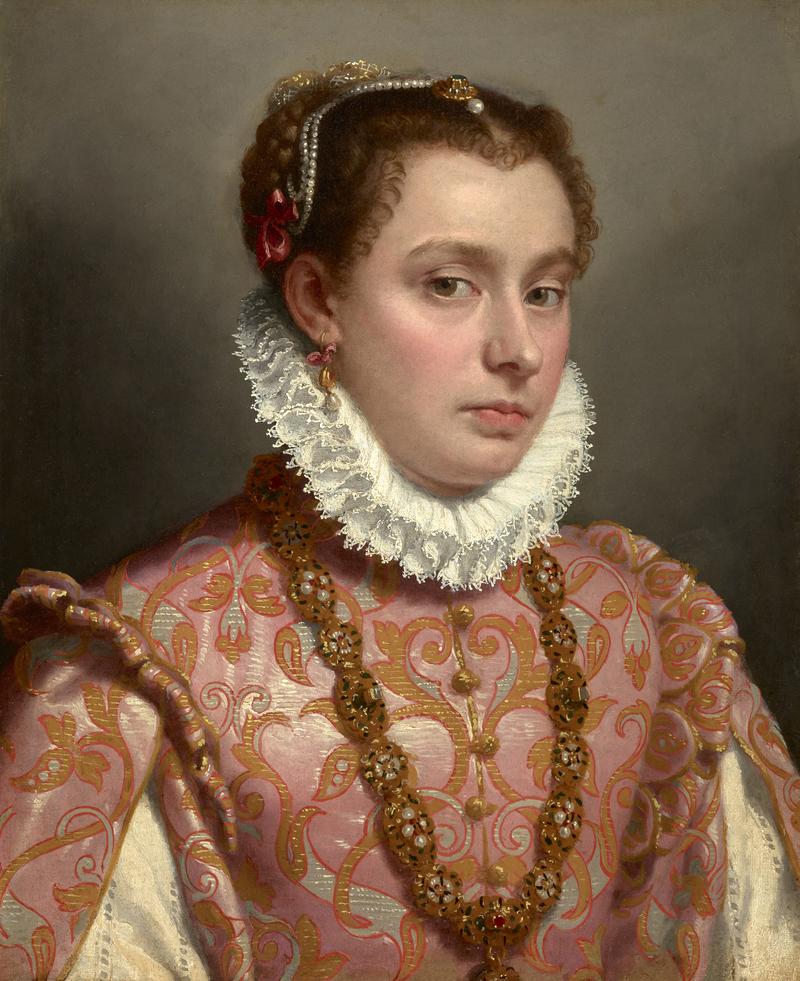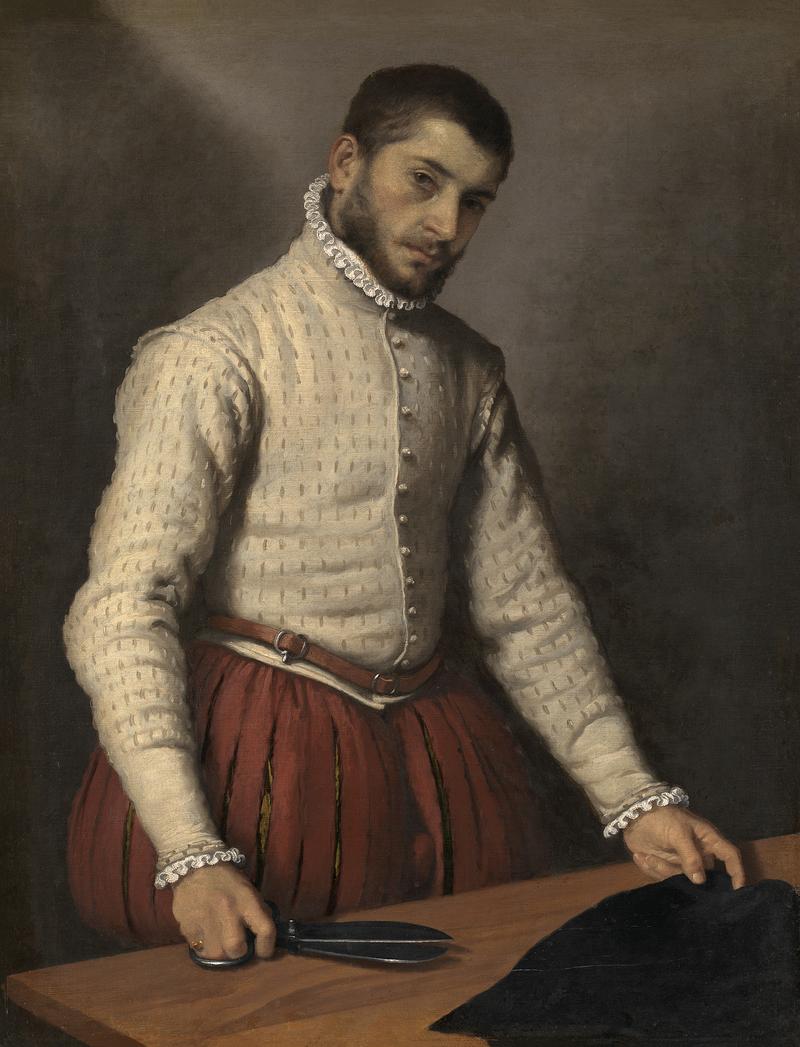
This week, I felt an urge to escape the clacking present, so I went to the Frick Collection to contemplate faces from the past. The museum has just opened a new show, “Moroni: The Riches of Renaissance Portraiture,” which brings together some 23 portraits by Giovanni Battista Moroni, of whom you have probably never heard (it remains up through June 2). Moroni is one of those Italian artists who had the misfortune to arrive on the Renaissance art scene after the fireworks were over. He was born in 1520, a year after the death of Leonardo da Vinci. What followed was a quiet interregnum that ended with the ascent of Caravaggio in the late 16th century.
Moroni’s champions see him as an exponent of naturalism who helped clear the way for Caravaggio’s earthy saints with dirty toenails. But he was never very famous. He spent most of his life in his native Bergamo, up in the alps north of Milan, turning out portraits of the local Lombard elite. You can get a sense of pragmatic approach in the full-length portrait known as “The Man in Pink.” It shows a young, bearded lawyer, Giovanni Gerolamo Grumelli, clad in a fancy salmon-colored suit, standing in front of a window from which a marble statue of a male nude has toppled onto the floor, leaving only a broken-off foot fragment in the window frame. It’s an amusing detail, and perhaps Moroni intended it as a jab at the classical past, with its idealized forms. He saw himself as a warts-and-all realist, although his portraits are not always persuasive. Many of his sitters have the same facial expression, their heads shown in partial profile, their eyes casting a sideways glance that makes them look deeply suspicious, like so many characters in an Agatha Christie novel.
His best-known painting, “The Tailor,” which was borrowed from the National Gallery in London, is an indubitable masterpiece; it’s great fun seeing it at the Frick. Instead of depicting a society grandee, it brings us a working man – a young, darkly handsome tailor who stands alone in his workshop, pausing for a second to look out at us. His heavy scissors are still in his hands, and a swatch of black fabric marked up with chalk, awaits his attention on the table. Who is this man? Art historians have been unable to identify the sitter. I like to think of him as a stand-in for the artist – the tailor and the artist alike were both responsible for draping the upper classes of Lombard in an aura of importance, and they no doubt had to accommodate some difficult and demanding patrons. No wonder the tailor looks so genuinely annoyed, the truest note of emotion in the show.

